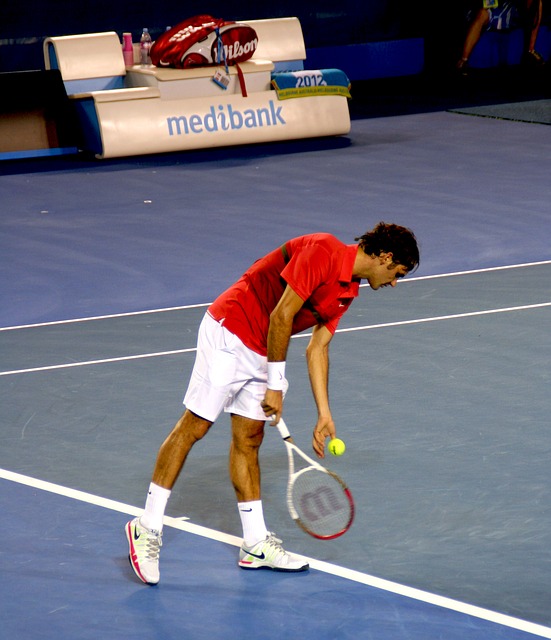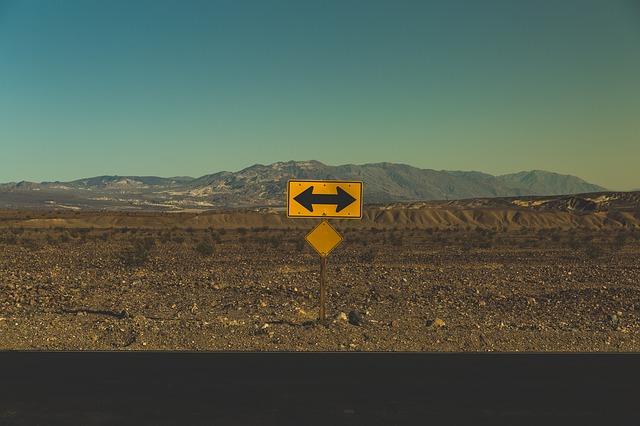Despite my very best intentions, I find it difficult to maintain the daily practice of Tai Chi. There are always other things that I have to do and physical impediments that provide excuses (legitimate and otherwise) that I use to avoid the practice of Tai Chi.
In reflecting on my current lack of consistency, I have identified some strategies that I will put into place to increase the regularity of my practice:
Review my daily schedule
I find I become locked into habits (such as the timing of my morning cup of coffee) that make it difficult for me to fit in a Tai Chi practice. I also find that I am more likely to practice in the morning when I am fresh, rather than the afternoon when I am tired. What I have to do is establish a fixed time each morning when I undertake my Tai Chi practice. As my early morning has an established routine that operates on most days, I have to find space within that routine to ensure that I can practise. When the routine is broken, e.g. on days when I am facilitating a workshop or attending a meeting, I need to mentally lock in another practice time for that day.
Revisit the benefits of Tai Chi
I have previously written about Tai Chi in terms of the physical and mental health benefits and the benefits for the mind and the mind-body connection. Mentally revisiting these benefits on a regular basis can enhance my motivation to undertake the daily practice of Tai Chi. I find, too, that there are very clear benefits for my tennis that result from Tai Chi. I am very motivated to practice this meditation-in-motion on the days that I play tennis. Recently, I noticed difficulty in maintaining my balance on the court and this has encouraged me to increase my practice. So, it seems if you can relate the benefits of regular practice to some specific activity or outcome you already have a high motivation for, it is a lot easier to maintain your practice.
Reading about Tai Chi and its benefits
If I read about Tai Chi and its benefits, I am more motivated to undertake my routine practice. There are numerous articles, books, blogs and research reports about the benefits that can help me to keep the benefits front-of-mind. There are also videos that reinforce people’s positive experience and the research findings. Building in the habit to access these resources on a regular basis, particularly when my motivation is flagging, is a good way to strengthen my resolve to keep up my practice.
Reflecting on the benefits experienced
If I reflect on how Tai Chi has benefited me in a particular situation such as after a game of tennis, I am better able to cement the benefits in my mind and strengthen my motivation. For example, there have been times when I was regularly practising Tai Chi that I noticed that I could play a good tennis shot even when off-balance. Reflecting on this specific benefit reinforces the value for me of maintaining my practice.
Revising my expectations
I regularly have some form of surgery to identify (biopsy) or remove (excision) a skin cancer (the result of playing daytime tennis over several decades in Queensland). My tendency is to stop Tai Chi altogether to prevent aggravating the resulting wound (this could be for a period of four weeks). What would be a better process would be to at least undertake the warm-up exercises (basically involving the hands and arms) at the time when I would normally do my regular practice. This reduced level of activity still maintains the habit of regular practice and keeps Tai Chi top-of-mind. By reducing my practice expectations in line with my physical capacity at the time, I will be able to further embed my practice, rather than break my practice habit.
As we grow in mindfulness through the daily practice of Tai Chi or other mindfulness practice such as meditation, we can experience the pervasive benefits of such practices that, in turn, reinforce our motivation – thus creating a “virtuous circle”.
____________________________________________
By Ron Passfield – Copyright (Creative Commons license, Attribution–Non Commercial–No Derivatives)
Image source: courtesy of Alexandra_Koch on Pixabay
Disclosure: If you purchase a product through this site, I may earn a commission which will help to pay for the site, the associated Meetup group and the resources to support the blog.









